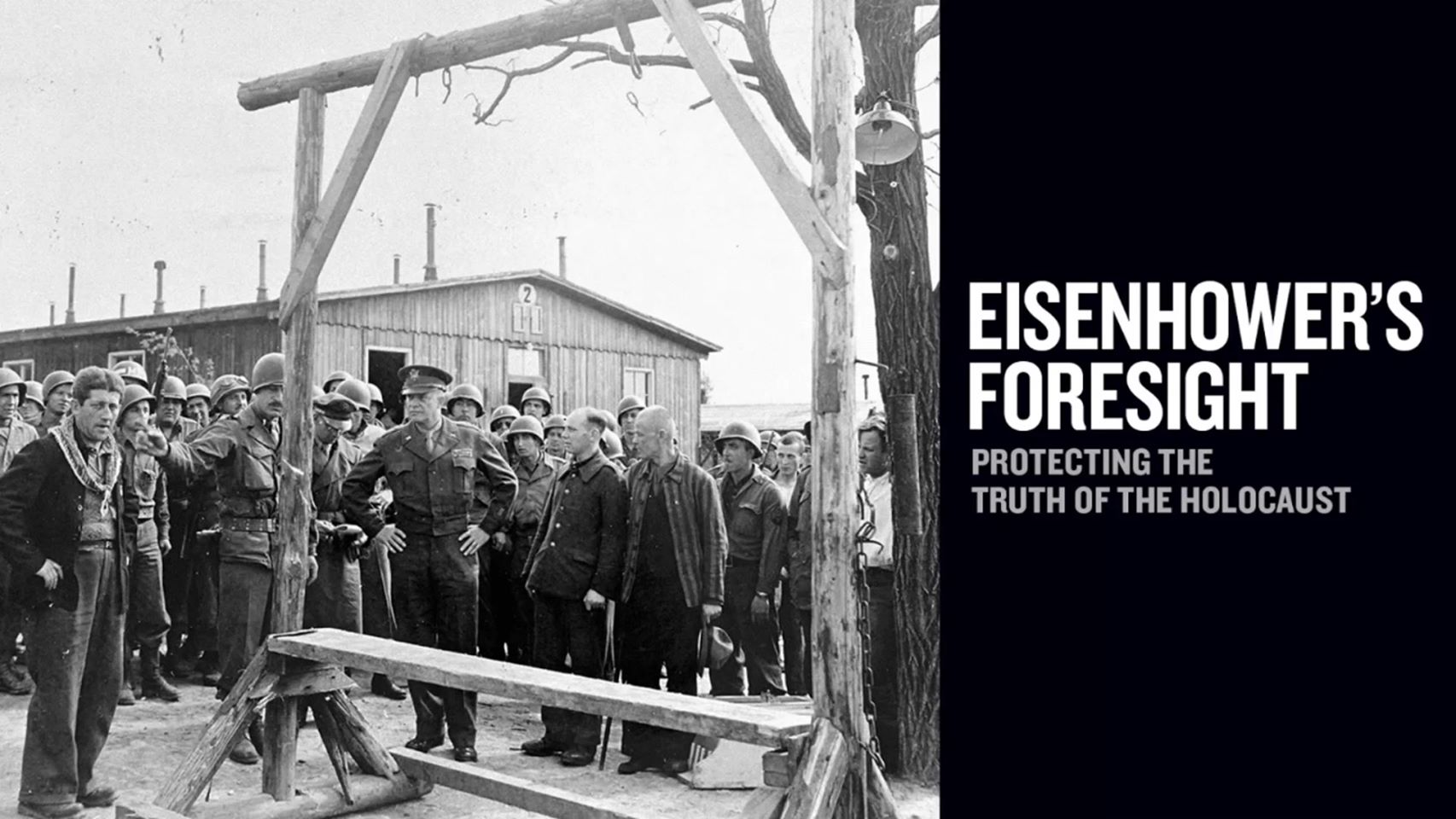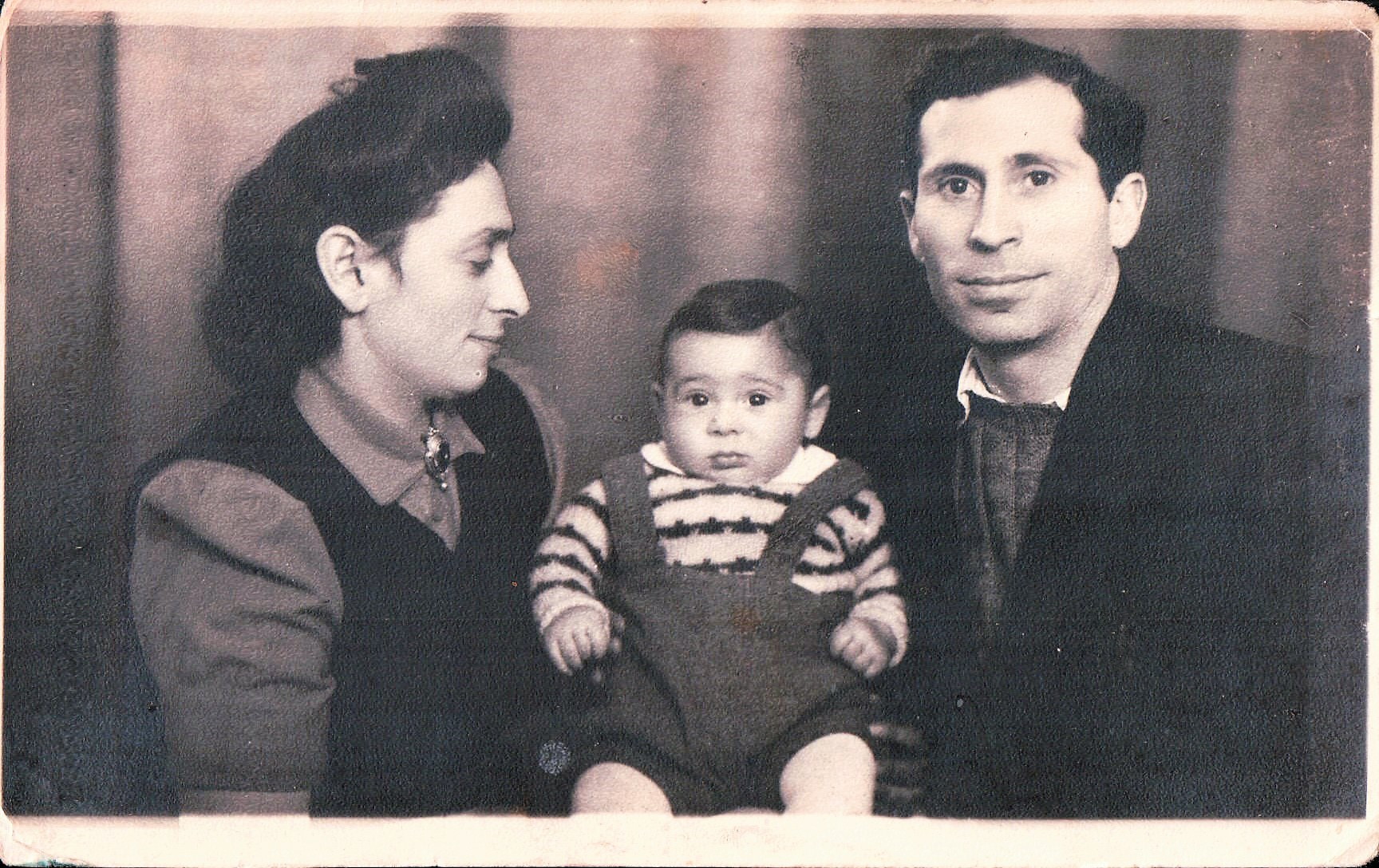ARRESTING DISSENT: LEGISLATIVE RESTRICTIONS ON THE RIGHT TO PROTEST, PEN AMERICA May 2020
The right to protest is a fundamental constitutional right in the U.S., arising from the First Amendment guarantees of freedom of speech, freedom of assembly, and freedom to petition the government. While these rights are subject to some government regulation for preservation of public safety, order, and peace, they are generally carefully guarded from government interference and regarded as essential components of democracy.
The First Amendment explicitly lays out that Congress—and, by extension under the Fourteenth Amendment, state governments— shall make no law abridging or limiting our right to assemble or speak freely. While these protections have been tested time and again throughout our country’s history, the result has been a long history of jurisprudence repeatedly re-affirming both the civic importance of, and the legal right to, public protest. “The tradition of public protest dates back to the revolutionary period,” First Amendment lawyer Bob Corn-Revere of Davis Wright Tremaine told PEN America. “And it gained judicial recognition in the 20th century as the Supreme Court held that the First Amendment requires the government to preserve the right to speak in public spaces.” In 1939, the Supreme Court recognized that “[u]se of the streets in public places has, from ancient times, been part of the privileges, immunities, rights and liberties of citizens.” Streets, parks, and sidewalks have “immemorially been held in trust for the use of the public and, time out of mind, have been used for purposes of assembly.” By 1949, the Supreme Court acknowledged that protected speech “may indeed best serve its high purpose when it induces a condition of unrest, creates dissatisfaction with conditions as they are, or even stirs people to anger.”
While it is true that the government may impose some regulations on the right to assemble, these regulations must be narrowly circumscribed. Government actors have latitude to regulate the time, place, and manner (“TPM”) of protest and other expressive activity, so long as such restrictions are: content-neutral; narrowly tailored to serve a significant governmental interest; and leave open ample alternatives for communication. Similarly, the Supreme Court has long made it clear that the government can only impose restrictions on the exercise of speech when such restrictions are “‘reasonable and […] not an effort to suppress expression merely because public officials oppose the speaker’s view.’”
The government does have some limited power to act to disallow or shut down assemblies that pose a risk to public order, including there being the clear and present danger of imminent collective violence. Virginia Governor Terry McAuliffe’s declaration of an “unlawful assembly” during the Unite the Right white supremacist rally in Charlottesville in 2017, stands as an example of such permissible power. Even in such instances, these powers are circumscribed by the First Amendment, and rely on the finding of an imminent threat to public safety.
At times throughout history, some protests have employed civil disobedience—a form of protest that includes the willful decision to disobey the law but which is in practice predominantly nonviolent— as a form of activism and for the attention these acts often garner. While such actions, by virtue of their illegality, are not protected by the First Amendment, nonviolent civil disobedience has often been effective in achieving social change, including the realization or enlargement of our human and civil rights. Furthermore, civil disobedience is predominantly a non-violent act; most definitions of civil disobedience specifically exclude acts of violence. This distinction, between non-violent civil disobedience and acts of violence, is often conveniently elided by authorities who wish to paint participants in civil disobedience with the same broad brush as violent actors.



0 Comments